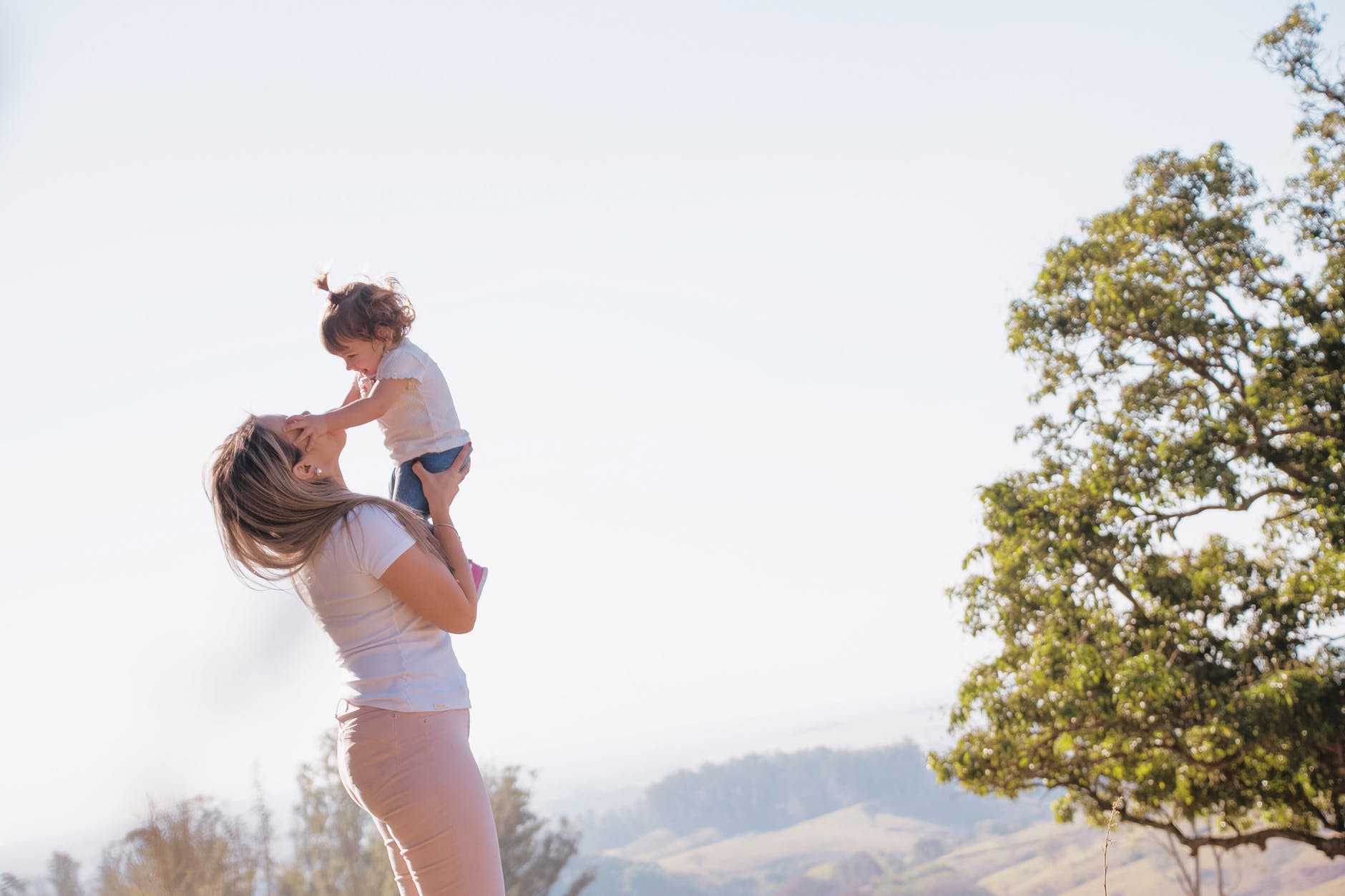Step by step instructions to Choose a Good Baby Carrier
- Post by: Public
- on: 07-10-20
There are numerous kinds of slings and transporters accessible to meet an assortment of requirements and inclinations. Some of them are wonderful works of style workmanship any new mother couldn't imagine anything better than to wear, and there are sexually impartial transporters for Dad, as well.
A decent child transporter imitates the manner in which you would normally hold your infant—either supported in your arms, riding your hip, or piggy-upheld. As indicated by Dr. Eveline Kirkilionis, creator of A Baby Wants to Be Carried, you should search for the accompanying rules while choosing an infant transporter:
Best child carrier backpack for 5 year old
Step by step instructions to Choose a Good Baby Carrier
1. Texture
Your first thought ought to be the means by which the transporter was made and what materials were utilized. Search for non-poisonous colors and materials that weren't treated with fire retardants or other material synthetics. Your infant will invest a ton of energy near, or in any event, biting, the texture.
2. Leg Position
The legs ought to be at any rate pulled up to a 90-degree point and upheld behind the leg. This is just conceivable if the infant sling groin piece is sufficiently wide with the goal that it will reach to your child's empty of the knees.
3. Back Support
The the rear of the transporter needs to help the infant's back, with the goal that the individual in question isn't slumping unreasonably while in the upstanding position. It should be steady enough that in any event, when your infant is snoozing his/her body is firmly made sure about to your body.
4. Headrest
The rear of the transporter needs to reach over the infant's head, on every one of the three sides, to shield the head from falling in reverse or sideways. This is significant as long as the newborn child can't keep his/her head up. As your kid develops bigger, this is significant just when the individual in question sleeps. Ensure the headrest is durable and doesn't overlap back when pushing on it with your hand.
5. Shoulder Support
Transporters upheld by the two shoulders with wide lashes are ideal to forestall back issues for yourself. Transporters that are just upheld by one shoulder regularly exacerbate slight scoliosis that a great many people have.
6. Development
Your child is developing quickly. Most child slings are grown out of by 3-9 months. Pick one that will develop with your youngster.
7. Customizability
Pick a transporter that can be changed in accordance with you and your infant's needs. Children conveyed too low experience pressure pushing their legs back with each progression you take (putting an excessive amount of strain on the hip joints and empowering hip dysplasia.)
A transporter that alters well can likewise be utilized by numerous grown-ups in the family who may have various statures and loads.
8. Looking in
Just pick an infant transporter that permits your kid to confront you—never out. Not exclusively does a kid need backing to hold the leg in a 90-degree edge, however, when looking out, a child has no real way to prohibit himself from an occupied or overstimulating condition by dismissing his head and towards you. Sound rest is hard for an infant who is confronting outward.
9. Warmth
Numerous transporters are made of Nylon. Discover one that permits wind current to arrive at your child. Any non-breathable texture will empower a rash on your infant's skin when being conveyed in a blistering climate or for a broad timeframe.
10. Hips
While conveying the child in an upstanding position, the infant's hips ought to consistently be ridden around your body. The legs ought to be pulled up at any rate to a 90-degree point. At the point when the infant's knees are pulled up to a 90-degree edge, the child's legs are spread somewhere in the range of 90 and 120-degree edge around the wearer's body. This concurs with the infant's anatomical makeup and bolsters the appropriate hip turn of events. In particular, children ought not to be destroyed confronting.
From the time my child was an infant through her toddlerhood, we basically utilized an ErgoBaby organized transporter to convey her all over, on the grounds that her dad, grandma, and I could all wear it serenely and conversely.
Best
Hiking backpack to carry 4 year old
It even worked for simpler piggybacks when she was 4!
I additionally utilized a delightful, silk ring sling for snappy excursions and "dressy" events. Between the pack and the sling, I had the option to do nearly anything I needed with free hands while as yet disapproving of a a colicky infant who never under any circumstance needed to be put down, particularly to rest.

Comments